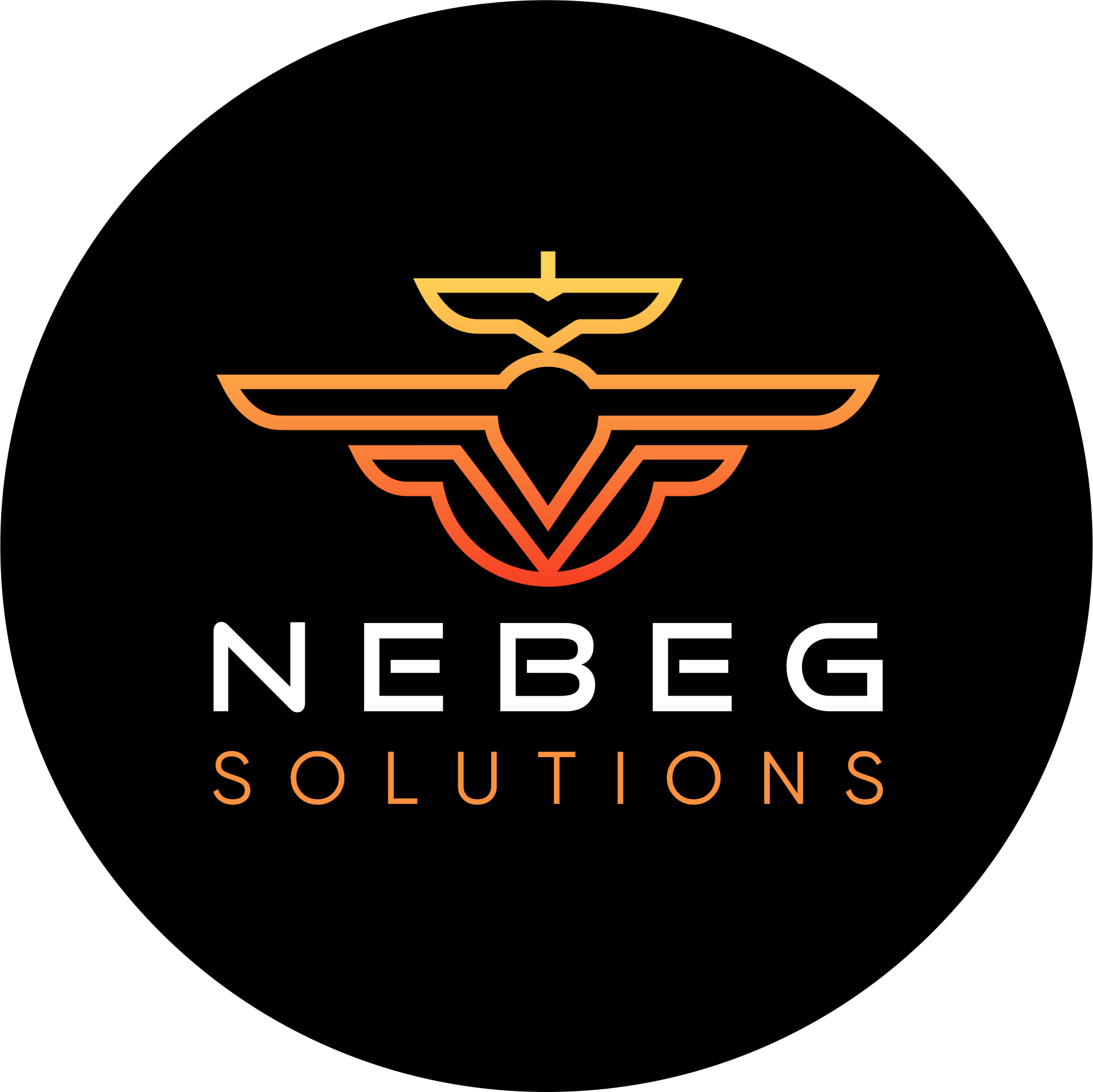Partnering with ToLiss — Leveraging High-Fidelity Aircraft Systems & models in FSTD & Simulation Training
- NEBEG Solutions

- 2 days ago
- 3 min read
Partnerships & Network ¦ In the rapidly evolving field of flight simulation for training organisations, choosing the right ecosystem and content partners can make the difference between “just a simulator” and a fully credible training device aligned with regulatory and pedagogic expectations. At NEBEG Solutions, we recognise the importance of strategic partnerships that enhance our FSTD offerings and deliver value to our customers. One such key partner is ToLiss, a specialist in high-fidelity Airbus systems, engine models, and in future aircraft models, for the X-Plane platform. This article explores the benefits of integrating ToLiss models into the training-device ecosystem, how our partnership amplifies value for training providers, and practical steps for leveraging this relationship in certification and commercial deployment.
Who is ToLiss and why they matter ¦ ToLiss is a Canada-based developer of advanced Airbus aircraft systems & models for the X-Plane platform. Their portfolio includes the A319, A320neo/CEO, A321, A330-900 and A340-600 series. They emphasise detailed system modelling (fly-by-wire systems, FMGS logic, fault injection, engine models), with the aim of achieving “study-level” fidelity for the flight simulation community. Together with ToLiss and our ATO Partners we are in process of upgrading said statement to “certified fidelity”.
From NEBEG’s perspective, this high-fidelity content is strategically valuable:
It provides a credible platform for training organisations targeting airline-type operations (Multi-Crew, Multi-Engine, turbine classes).
It supports immersive simulation tasks (failure procedures, complex system interactions, crew coordination) that align well with higher-level FSTD training (such as FNPT II MCC or FTD).
It helps differentiate our FSTD offering in the market by virtue of producing devices that go beyond generic flight models and systems.
How the partnership adds value to NEBEG’s training-device ecosystem
Content-ready integration: By collaborating with ToLiss, our devices can come pre-configured with a validated aircraft model and setup ecosystem. This means less custom-modelling effort, and fewer integration risks.
Certification alignment: When training organisations select our devices, they benefit from a model whose performance, system logic and fault modes are well-documented and highly credible. This simplifies the mapping of aircraft behaviour to QTG/MQTG test items for certification.
Marketing differentiation: In communications with training providers, we can emphasise “Airbus-family models by ToLiss integrated into NEBEG FSTDs” — a strong differentiator in the competitive market of MET simulation-training devices.
Ongoing ecosystem updates: ToLiss continues to update its models for X-Plane 12 and beyond, ensuring that our platform remains current and supports version continuity — a strong selling point for training centres that want their device investment to be future-proof.
Practical steps for training organisations and FSTD operators ¦ For a training organisation or FSTD operator considering NEBEG devices with ToLiss models, we recommend the following approach:
Define scope of training: Determine whether your training device will cover airline-type operations (e.g., MET multi-engine turbine, multi-crew, autopilot/FBW systems). The ToLiss model line is especially relevant for Airbus-family narrow-body and long-haul fleets.
Map to qualification basis: Incorporate the ToLiss model into your qualification basis (QTG/MQTG) from the start. Using our eQTG Tool, you can reference system-behaviour, faults and procedures aligned with the ToLiss model’s documented features.
Integration & validation: NEBEG supports integration of the ToLiss model into the device hardware/software environment, plus validation of performance, handling and system behaviour for certification as well as the associated continuous management.
Recurrent update strategy: Work with NEBEG to define a version-control strategy for the ToLiss model updates in your FSTD configuration. This ensures that future patches or enhancements do not inadvertently invalidate your qualified device status.
Why this matters in the broader FSTD market ¦ As training organisations face increasing pressure to deliver realistic, cost-effective training, the simulation-device market is evolving. Those providers who offer credible, airline-grade simulation environments (with system fidelity, failure logic, and realistic flight dynamics) gain a competitive advantage. Our partnership with ToLiss is a strategic enabler in this context:
It raises the bar for what “simulation-training device” means in today’s market.
It aligns with regulatory demand for higher realism in training devices (especially at FTD and FNPT II MCC levels, where system-fidelity tasks become more prominent).
It supports the transition of training organisations from legacy generic devices to integrated simulation ecosystems that appeal to modern airline cadet/training programmes.
Conclusion ¦ Strategic partnerships define competitive advantage in the simulation-training ecosystem. By collaborating with ToLiss, NEBEG Solutions embeds high-fidelity aircraft systems and models into our FSTD offerings, delivering enhanced value to training organisations in terms of certification readiness, training realism and commercial appeal. We invite training centres, manufacturers and R&D partners to engage with us to explore how this partnership can become a cornerstone of your next-generation training-device strategy.


Comments